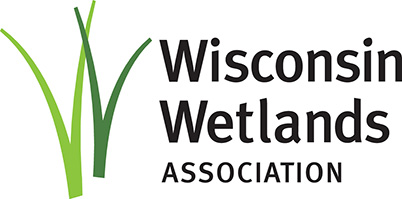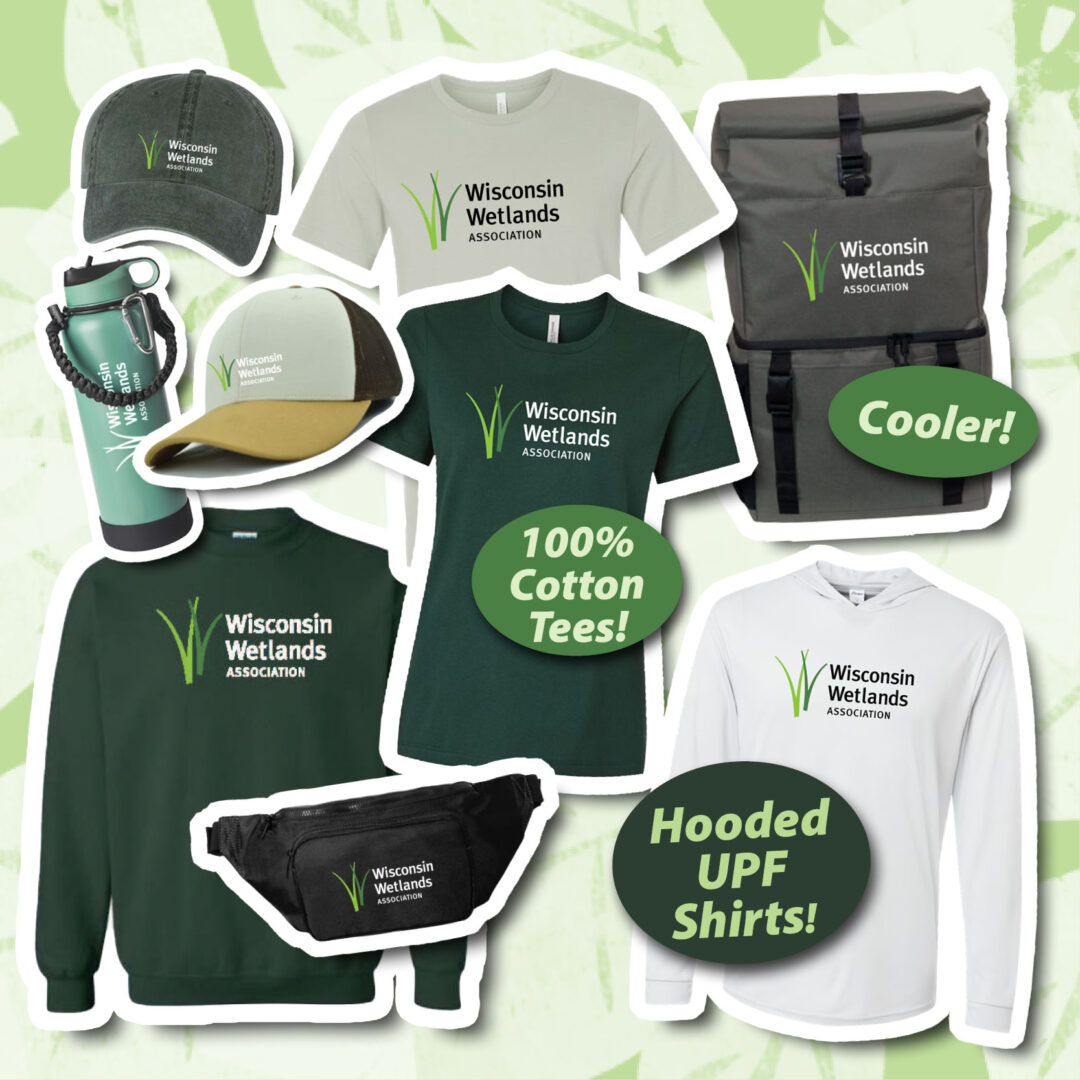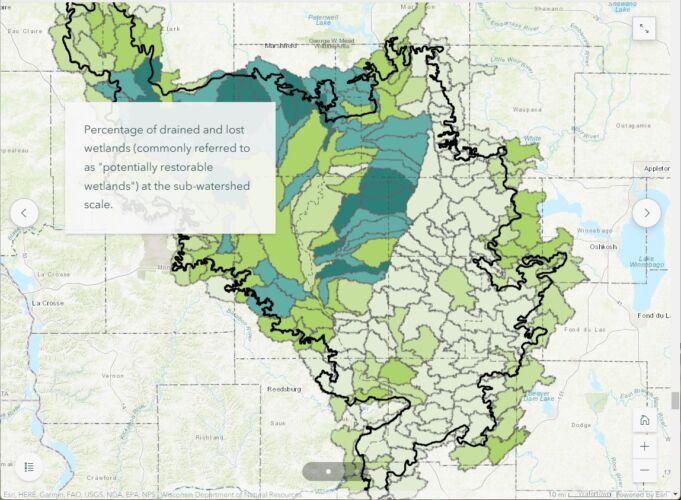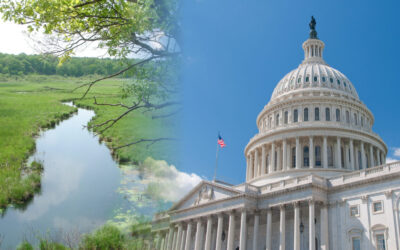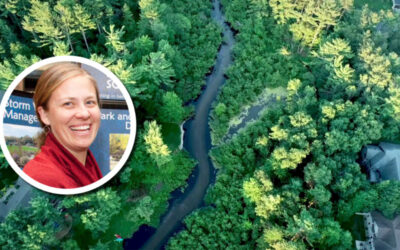We are dedicated to the protection, restoration, and enjoyment of wetlands and associated ecosystems through science-based programs, education, and advocacy.
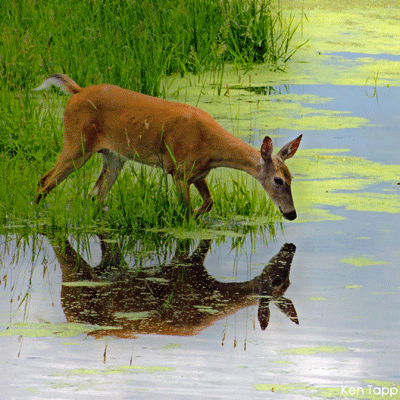
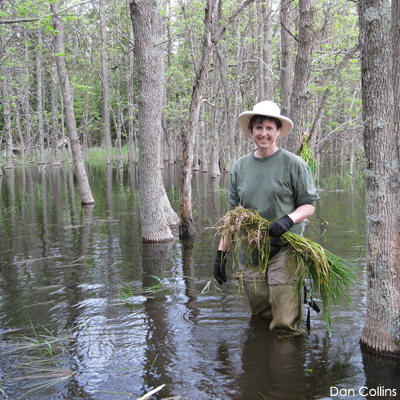
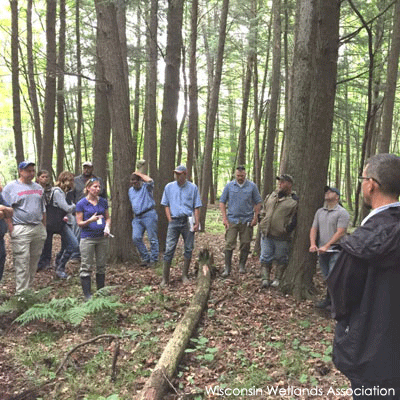
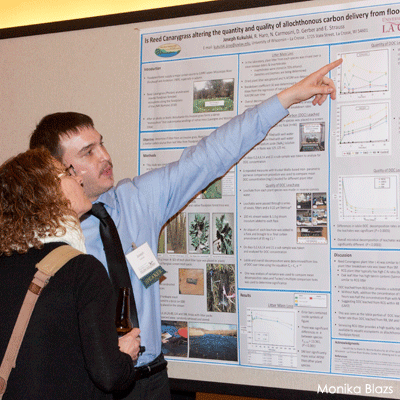
The latest news
Wetland Coffee Break: Wetland monitoring and assessment 101
Ecologist Sally Jarosz provides an introduction to the wetland monitoring and assessment methodologies employed by the Wisconsin Department of Natural Resources.
New federal legislation to enable floodplain restoration in FEMA mapped floodplains
Bipartisan federal legislation aims to address the barriers to restoring floodplains in floodways that are mapped and regulated under the National Flood Insurance Program.
Wetland Coffee Break: A primer on aerial imagery reviews
Interpretation of historic and current aerial photography is an important skill for wetland ecologists of all disciplines because it helps tell the story of land use over time.
